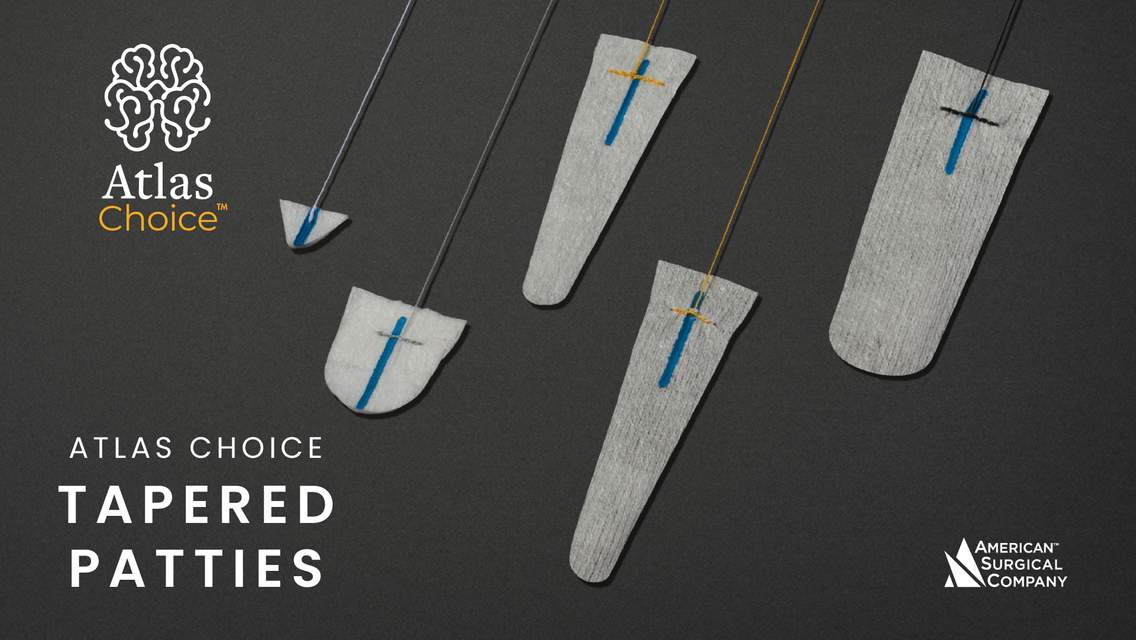Neuromyelitis Optica (NMO)
Figure 1: Sagittal T2 (top row left) and sagittal T1 post-contrast fat-saturated (FS) (top row right) images of the cervical spine demonstrate longitudinally extensive (long segment > 2 vertebral bodies in length) T2 hyperintense lesions in the spinal cord with ill-defined enhancement. Coronal T2-FS (bottom row left) and coronal T1 post-contrast FS (top row right) images of the orbits demonstrate an enhancing T2 hyperintense right optic nerve. The longitudinally extensive lesions in the cervical spinal cord, clinical and imaging findings of optic neuritis, and serology positivity for AQP-4 antibodies (NMO-IgG) are consistent with Neuromyelitis Optica.
AKA Devic’s Disease, Devic’s Syndrome, Devic’s Neuromyelitis Optica, Neuromyelitis Optica and its Spectrum Disorder (NMOSD)
Clinical Features
- Peak Age: 32-41
- Gender: F>M (5:1 to 10:1 F:M)
- Etiology: Autoimmune mediated demyelination specifically targeting areas of increased Aquaporin-4 expression (spinal cord, periaqueductal gray matter, periventricular white matter).
- Epidemiology:
- Africans, East Asians, and Hispanic predomination.
- CSF:
- Oligoclonal bands: negative
- Protein: elevated
- Cell count: Pleocytosis (20-80%); monocytes, lymphocytes and/or neutrophils.
- Diagnostic Criteria:
- Complex and variable depending on result of IgG-AQP4 positivity.
- Briefly, the presence of a single core clinical characteristic (optic neuritis, acute myelitis, area postrema syndrome, acute brainstem syndrome, narcolepsy with +NMO type brain lesions, cerebral symptoms with +NMO type brain lesions) and a positive IgG-AQP4 test confers diagnosis. Negative or unknown IgG-AQP4 requires the presence of at least two core clinical characteristics and associated imaging findings as discussed below.
Imaging
General:
- Location:
- Brain/Brain stem: Less commonly involved but when present lesions center around AQP4 rich areas including periependymal region surrounding third ventricle (thalamus, hypothalamus), around 4th ventricle near area postrema, periventricular white matter, and non-specific subcortical white matter.
- Spinal Cord:
- Cervical > thoracic cord
- Extensive (> 3 vertebral body segments in length)
- Nerves: Optic nerves long segment +/- chiasm involvement, can be bilateral.
- General Appearance:
- Length: Typically, > 3 vertebral bodies in length
- Width: Typically involves entire cross section of cord.
- Acute lesions: +/- mild cord swelling/edema which can mimic intramedullary neoplasm.
- Modality-Specific (Spinal Cord Only):
- CT Myelography:
- Spinal cord not well evaluated. May see spinal cord swelling in acute phase (mimics intramedullary tumor).
- MRI:
- T1: Isointense or hypointense.
- T1 + Contrast: +/- Enhancement. Patchy enhancement in the subacute/acute phase.
- T2: Long segment hyperintense lesions.
- STIR: Long segment hyperintense lesions. Increased sensitivity for detection of lesions.
- DWI: Typically, increased diffusivity.
- CT Myelography:
Contributor: Jacob A. Eitel, MD
References
Matthews, Lucy, Rita Marasco, Mark Jenkinson, Wilhelm Küker, Sebastian Luppe, Maria Isabel Leite, Antonio Giorgio, et al. “Distinction of Seropositive NMO Spectrum Disorder and MS Brain Lesion Distribution.” Neurology 80, no. 14 (April 2, 2013): 1330–37. https://doi.org/10.1212/WNL.0b013e3182887957.
MD, Jeffrey S. Ross, and Kevin R. Moore MD. Diagnostic Imaging: Spine, 3e. 3 edition. Philadelphia: Elsevier, 2015.
Polman, Chris H., Stephen C. Reingold, Brenda Banwell, Michel Clanet, Jeffrey A. Cohen, Massimo Filippi, Kazuo Fujihara, et al. “Diagnostic Criteria for Multiple Sclerosis: 2010 Revisions to the McDonald Criteria.” Annals of Neurology 69, no. 2 (February 2011): 292–302. https://doi.org/10.1002/ana.22366.
Sellner, J., M. Boggild, M. Clanet, R. Q. Hintzen, Z. Illes, X. Montalban, R. A. Du Pasquier, C. H. Polman, P. S. Sorensen, and B. Hemmer. “EFNS Guidelines on Diagnosis and Management of Neuromyelitis Optica.” European Journal of Neurology 17, no. 8 (August 2010): 1019–32. https://doi.org/10.1111/j.1468-1331.2010.03066.x.
Wingerchuk, D. M., W. F. Hogancamp, P. C. O’Brien, and B. G. Weinshenker. “The Clinical Course of Neuromyelitis Optica (Devic’s Syndrome).” Neurology 53, no. 5 (September 22, 1999): 1107–14.
Wingerchuk, Dean M., Brenda Banwell, Jeffrey L. Bennett, Philippe Cabre, William Carroll, Tanuja Chitnis, Jérôme de Seze, et al. “International Consensus Diagnostic Criteria for Neuromyelitis Optica Spectrum Disorders.” Neurology 85, no. 2 (July 14, 2015): 177–89. https://doi.org/10.1212/WNL.0000000000001729.
Please login to post a comment.













